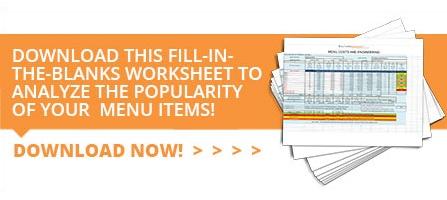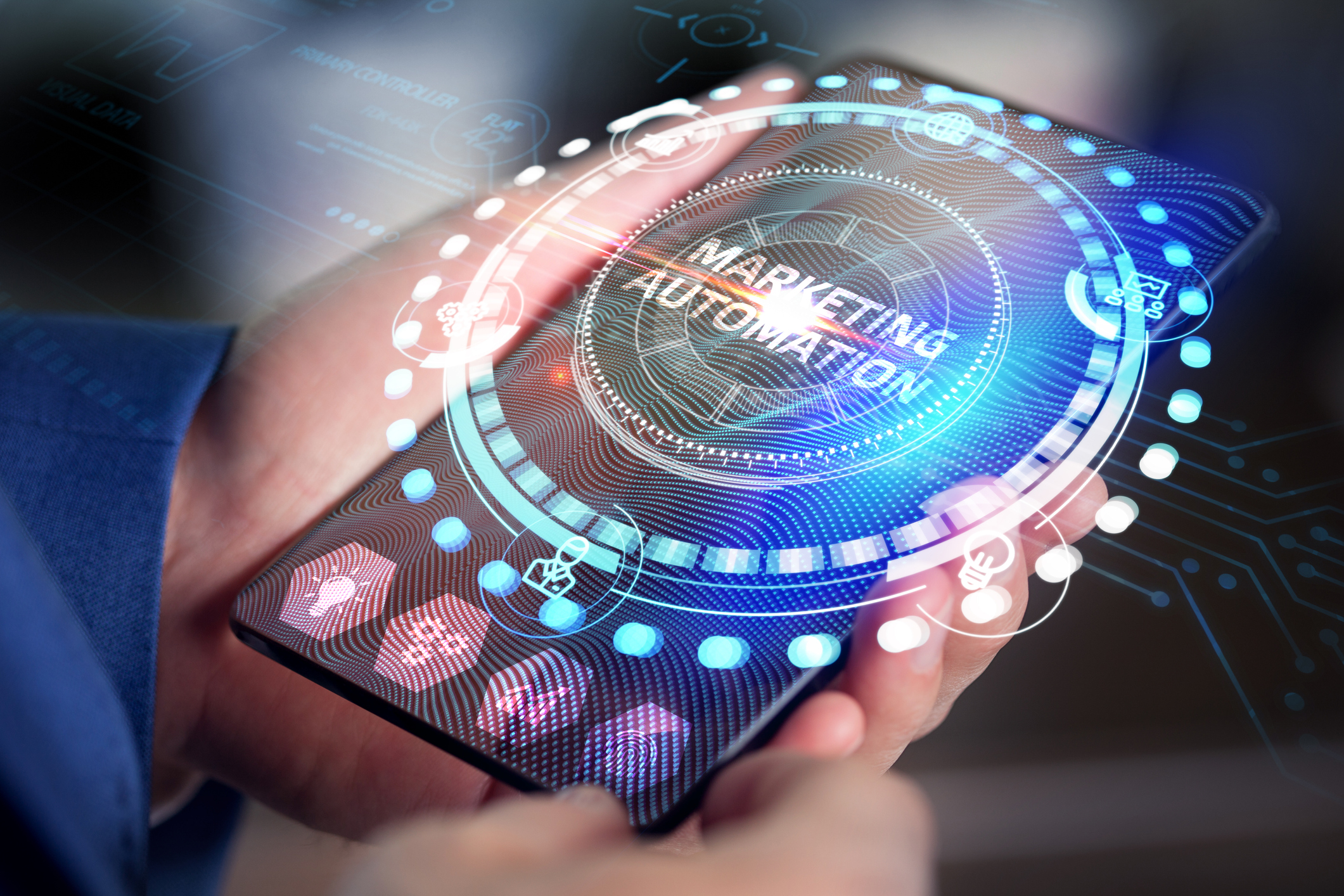Menu engineering can be tricky, but luckily there are proven methods and techniques to make it easy. Watch the video above for an exclusive walk through Kulture Konnect's menu engineering worksheet.
Studies done by E. Arnoult and B. Panitz show that people perceive, interpret, and react to different menu elements depending on their placement and hierarchy in the menu. This knowledge is valuable to any restaurateur because it will allow you to recognize high-margin vs. low margin items. A key initial step is to determine which menu items should be targeted to encourage guests to order them.
In 1982, Michael. L Kasavana and Donald Smith introduced the Matrix Technique. It is revolutionary approach on how to bring together design and operations to create more profitability. In 2013, this technique was also referenced in the Nessel Menu and Recipe Cost Spreadsheet Template.
For those new to this method, the Matrix Technique breaks down and categorizes all menu items in four different categories:
-
Stars: A popular item with a high contribution margin. People are willing to pay much more for this item than it costs to make.
-
Challenges or Puzzles: These items are profitable but relatively unpopular. People are not willing to pay much more for this item than it costs to make. Restaurants should always try to convert these puzzles into stars.
-
Workhorses: Low profitability and high popularity. There is little to no profit in these items. Restaurants should minimize consumption of these items or lower their cost to make
-
Dogs: Unpopular items with a low contribution margin. These items don’t sell very well and produce little to no profit when they do sell. Restaurants should consider eliminating these items.
>>Analyze the popularity of your menu items and develop cost-effective strategies with this Menu Engineering Worksheet today!
A menu engineering worksheet, like the one we created here, will allow you to identify, categorize and group your menu items. Once you complete those steps, accomplishing a powerful menu design can be done in three different ways:
-
Shift guests' attention as they read your menu: Normally guests tend to default to what they already know and won’t consider alternatives given to them. One way to avoid this is to make the items you want to focus on more convenient to see and be considered. Here is where shifting your guests' attention comes into play. Use contrasting fonts, font sizes, colors and even picture and illustrations, if applicable. Typographic treatment and imagery can be very powerful motivators when ordering new menu items. Placement has also been found to add value to what guests are considering for their meals.
For example, according to a study done in 2011 by Dayan and Bar-Hillel, items placed in the top and bottom of columns increased in sales by 25%. Also, in 2012, Professor Sybil Yang provided empirical evidence of “sour spots” on the bottom left side of menus where customers seldom look. These “sour spots” are probably where your low margin items should be placed.
-
Menu item description: One of the key influencers for a guest to consider a specific item is their interpretation of a taste experience. For example, how menu items are named and described can increase their sale up to 27%. For example, think about what would make a better impact for an item’s name: “Herb-Crusted Lemon Seafood Filet” vs. simply “Seafood Filet” or “Grandma's homemade chocolate pudding” vs. “Chocolate pudding.”
In terms of item description, you can rely on the use of descriptors such as:
1. Sensory: texture, taste, smell
2. Geographic: areas associated with the food you are cooking.
3. Nostalgic: the past can be a powerful way to trigger “happy” associations with traditions, family and such.
4. Brand names: we would fool ourselves if we didn’t accept that we are all into brand names. The use of brands when naming or describing your menu items give some sort of flair and importance to them. For example, Jack Daniels® BBQ Ribs or Certified Angus Beef® Cowboy Burger.
-
Perception of value: This strategy will differ from a quick service to a high-end restaurant. While fast food restaurants rely heavily on price showcasing, high-end restaurants de-emphasize the price because having it there will simply invite guests to start price shopping. A few ways to de-emphasize prices are:
-
Don’t use decimals: According to S. Naipaul, H.G. Parsa’d, menu price endings communicate value and quality. Listing a price of $14 will bring more sales than listing a price as $14.00, because fewer numbers signal a lower price.
-
Don’t use the $ sign: A study done in 2009 by S.S. Yang, S.E. Kimes, M.M. Sessarego ($ or dollars: effects of menu-price formats on restaurant checks) found that guests given the numeral-only menu spent significantly more than those who received a menu with prices written out in words or menus showing a dollar sign.
-
9 vs 0: If you still have to use decimals, a very important thing to know is that a price such as $4.99 shows value, while a price such as $25.00 shows quality.
Conclusion
Menu engineering and design tactics are used to make restaurants more profitable. But your menu strategy doesn’t stop there. The following are other factors that, as a restaurateur, you need to consider:
-
Landscape vs. Portrait layout: People may think more nutritiously if a menu is tall and narrow as opposed to short and wide.
-
Taking care of your menus: The state of your menu may also impact decision-making. A stained or peeling menu cover may be associated with low-quality restaurants.
-
Drinks and desserts menus: Having a separate menu for drinks and desserts may encourage customers to purchase them because the novelty of a second menu heightens interest. However, separate menus could conversely discourage the purchase of drinks and desserts because these items are not included in the original scan of the dinner menu.
Menu engineering is the first step in the process of figuring out whether your menu items are making an impact on your bottom line. Once this is done, the design of your menu should be more clear and techniques such as shifting attention, enhancing taste expectations, and increasing their perception of value should be easier to apply.
Are you seeking restaurant marketing professionals or other services for your growing business? Contact us here for more information.
Analyze the popularity of your menu items and develop cost-effective strategies with this Menu Engineering Worksheet today!









